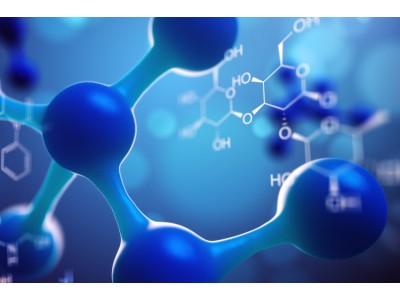| Bioactivity | MBC-11 triethylamine is a first-in-class conjugate of the bone-targeting bisphosphonate etidronate covalently linked to the antimetabolite cytarabine (araC). MBC-11 triethylamine has the potential for tumor-induced bone disease (TIBD) research[1]. |
| Invitro | MBC-11 shows similar activity profiles and significantly inhibits growth of all three cell lines between 10-8 and 10-4 M. MBC-11 decreases KAS-6/1 cell growth from approximately 56% at 10-8 M to 6% at 10-5 M[1] Cell Proliferation Assay[1] Cell Line: |
| In Vivo | MBC-11 (0.04 μg/day, s.c.) has a lower incidence of bone metastases of 40% compared to those treated with PBS (90%) or 0.04 μg/day zoledronate (100%). MBC-11 also significantly decreases bone tumor burden compared to PBS- or zoledronate-treated mice[1]. Weight gained in mice treated with up to 500 μg/day of MBC-11 is similar to the PBS treated group[1]. These results demonstrate that MBC-11 decreases bone tumor burden, maintains bone structure, and may increase overall survival, warranting further investigation as a treatment for tumor-induced bone disease (TIBD)[1]. Animal Model: |
| Name | MBC-11 triethylamine |
| Formula | C17H35N4O14P3 |
| Molar Mass | 612.40 |
| Appearance | Solid |
| Transport | Room temperature in continental US; may vary elsewhere. |
| Storage | -20°C, sealed storage, away from moisture *该产品在溶液状态不稳定,建议您现用现配,即刻使用。 |
| Reference | [1]. Reinholz MM, et al. A promising approach for treatment of tumor-induced bone diseases: utilizing bisphosphonate derivatives of nucleoside antimetabolites. Bone. 2010 Jul;47(1):12-22. [2]. Zinnen SP, et al. First-in-Human Phase I Study of MBC-11, a Novel Bone-Targeted Cytarabine-Etidronate Conjugate in Patients with Cancer-Induced Bone Disease. Oncologist. 2019 Mar;24(3):303-e102. |

MBC-11 triethylamine
CAS: F: C17H35N4O14P3 W: 612.40
MBC-11 triethylamine is a first-in-class conjugate of the bone-targeting bisphosphonate etidronate covalently linked to
Sales Email:peptidedb@qq.com
This product is for research use only, not for human use. We do not sell to patients.